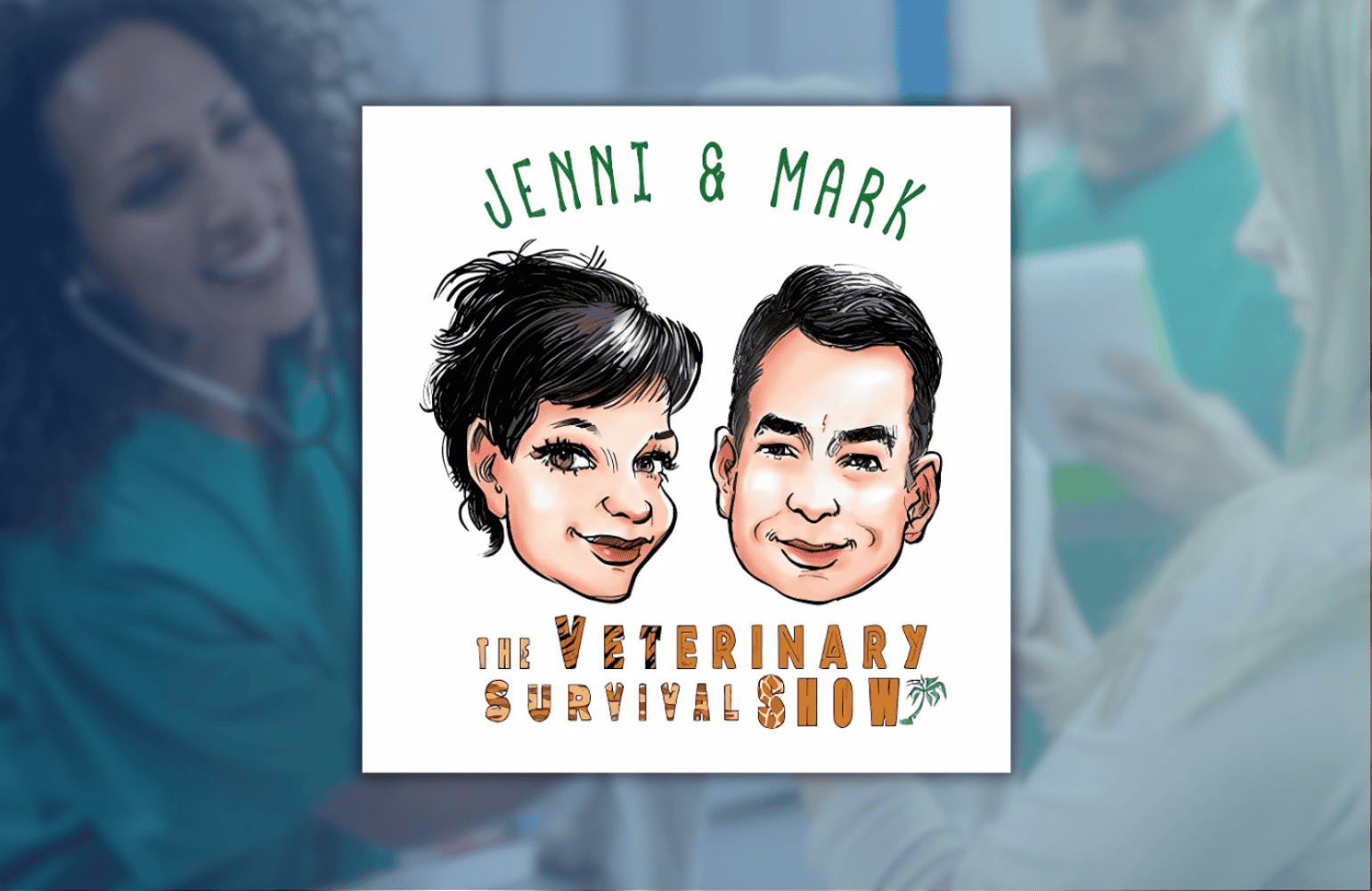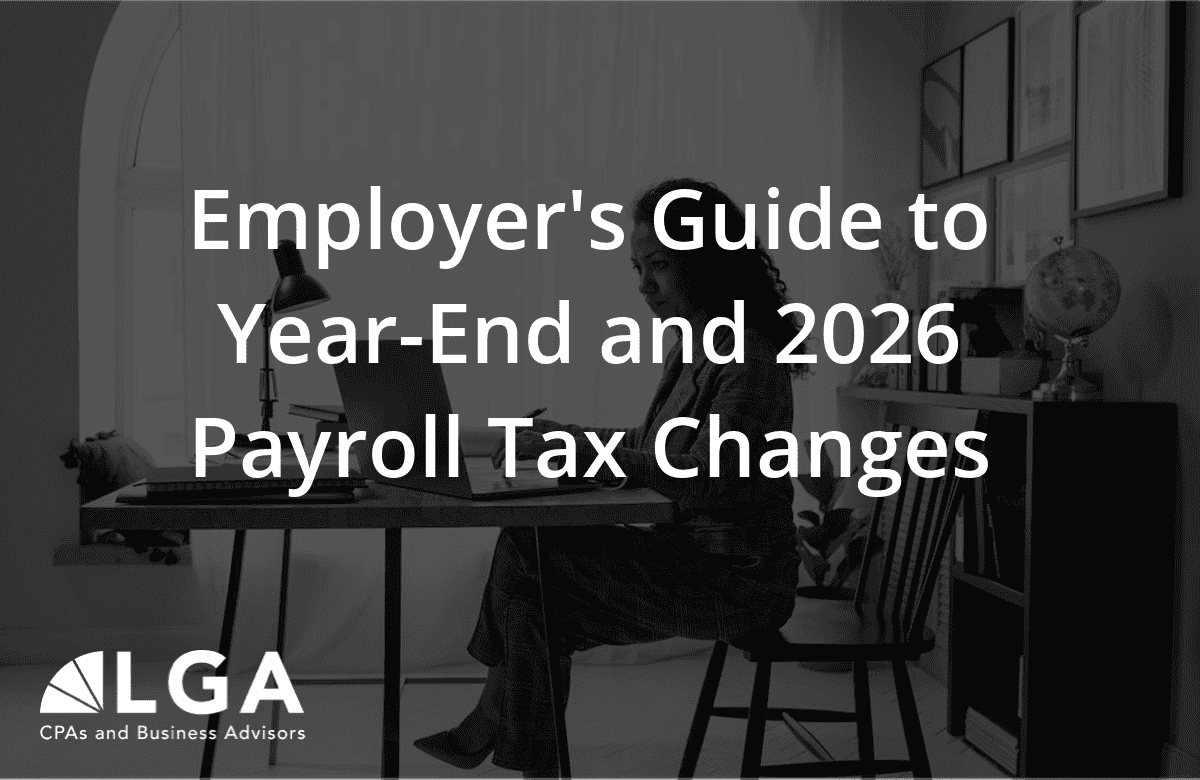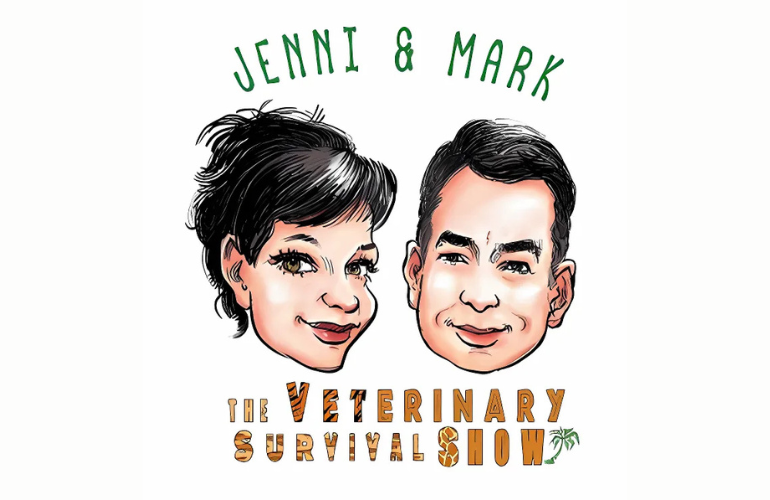Veterinary practice owners wear many hats: clinician, team leader, small business CEO, etc. But when it comes to long-term financial wellness, many fall into the same trap—focusing only on cash flow and revenue, while overlooking the deeper indicators that signal the true health of the practice.
At LGA CPAs, we advise veterinary clinics across the country. And no matter the size or location, we see the same pattern: practices that thrive long-term aren’t the ones with the flashiest equipment or highest prices—they’re the ones that build consistent, data-driven financial habits.
Here’s what you might be overlooking and what to do about it.
Go Deeper, with an Episode of:
The Veterinary Survival Show
On this episode (Season 3, Episode 5) of The Veterinary Survival Show, co-hosts Mark J. McGaunn, CPA/PFS, CFP® and LGA Tax Partners, and Jennie George, CVPM, an LGA client and veterinary hospital owner in Deerfield, NH, sit down with Nicole Clausen, CEO and founder of Veterinary Care Logistics to discuss inventory. This episode is packed with useful tips and tricks to help manage your inventory.
Most-Overlooked Metrics That Actually Drive Success
Most veterinary practice owners track gross revenue and bank balance — lagging practice indicators. To build financial strength, look at what drives results, such as:
- Net Collection Rate: This shows what percentage of billed services are collected. Are your invoices converting to real income?
- Forward Booking Rate: The percentage of patients who leave with a future appointment booked. This is one of the strongest indicators of predictable income.
- Client Retention and Reactivation Rates: Are you bringing patients back for ongoing care? Practices that track these numbers can predict revenue and maintain stable growth.
- Per-Doctor Revenue and Profitability: Are your doctors producing efficiently? If one associate is consistently underperforming, it could reflect in workflow, scheduling, and/or pricing issues.
- Debt Service Coverage Ratio: Cramped treatment areas, dated equipment, and limited parking may also facilitate a necessary call to action. If you’re planning an expansion or equipment purchase, this metric tells you whether you can realistically support new debt.
Tip: If you’re aiming for subscription-based revenue, start by managing toward zero accounts receivable, even without formal plans in place.
Emotional Pricing: When Good Intentions Hurt the Business
Many veterinarians undercharge out of empathy, especially in smaller or owner-operated clinics. We call it “emotional pricing,” and while it may come from a good place, it erodes profitability quickly. What emotional pricing looks like:
- Recommending the cheapest treatment by default.
- Skipping charges for services like quick rechecks or after-hour calls.
- Offering frequent, untracked discounts based on assumptions.
Over time, here’s what happens:
- Margins shrink,
- Doctors underperform relative to production-based compensation models, and
- Clients begin to expect discounted care.
Fix it with structure. Develop a discount policy that outlines what can be offered (e.g., military, senior, loyalty), by whom, and how much. Monitor it monthly and hold your team accountable.
Are You Tracking Profitability by Service Line?
Most practices don’t break down services like wellness visits, diagnostics, surgery, and dental. That’s a huge oversight. Wellness visits may bring in volume but low margin, while diagnostics and surgical services can offer significantly better margins per hour. By segmenting service lines, you can:
- Identify which services drive the most profit,
- Adjust scheduling to focus on high-value care,
- Allocate marketing spend to areas with the best ROI, and
- Set realistic prices based on time and resources used.
Benchmarking caution: Tools like VMG benchmarking are great—but they should inform, not punish. Set internal benchmarks based on your goals and team capacity, not solely based off what others are doing.
The Real Impact of Ignoring Profitability Metrics
Veterinarians often don’t realize that every financial decision, every missed charge, every overlooked item, every discount, compounds. One of our clients had associates who discounted nearly every invoice, and no one was tracking it. The result? Nearly $300,000 in unrecorded “free” services over a year.
The fix: Rework your discount tracking, build accountability, and use data to make future decisions. It’s not about denying care—it’s about knowing the cost and value of what you provide.
Inventory: The Profit You Didn’t Know You Were Losing
If it’s not on the shelf and not in your software, where is it?
Inefficient inventory systems can lead to significant financial losses, operational disruptions, and compromised patient care. According to Inventory Ally, common issues include overstocking, understocking, and a lack of proper tracking mechanisms. Without a structured inventory system, practices may face challenges like duplicate orders, expired medications, and inconsistent stock levels, leading to wasted resources and time.
EzyVet’s “Complete Guide to Inventory Management” states that inventory is also typically the second-largest expense in veterinary practices after payroll. Poor management can result in unnecessary expenditures, tying up capital in unused products, and increased costs due to emergency orders. Common problems we’ve also seen include:
- Duplicate orders from different team members,
- Using the wrong units (bottle vs. mL) in practice management software,
- Over-ordering and expired medications,
- No assigned inventory manager, and/or
- Inventory reports with negative balances or missing costs.
These challenges underscore the importance of implementing effective inventory management practices to enhance efficiency, reduce costs, and improve patient care in veterinary settings. These mistakes not only create unnecessary expenses but also skew your financial reports, affecting tax planning, profitability, and decisions.
Real Life Examples – Practical Lessons
A dermatopathology practice client had an office manager who went on vacation. That person ordered the supplies for the clinic. The staff didn’t think it would be too hard to cover for her while she was out. However, one staff member made a grave mistake. Instead of ordering 24,000 slides, he ordered 240,000. They had a room with boxes of slides. Not only did they have to pay for the slides, but the slides also had an expiration date they were never going to meet. It was cash out of the bank, and they had to claim it as an expense because it wasn’t an inventory item.
Another client said they had an inventory problem. We discovered they had order placement staff working independently and not asking if anyone else needed supplies. When we ran the inventory report, it didn’t look right. It was $120,000 less than the previous year. Our analysis revealed that some of the supply ordering staff used the wrong unit of measurement, which caused them to order more often at a higher price. Inventory kept going negative, which threw their inventory way off. They didn’t catch it because nobody was reviewing the inventory report for reasonableness.
The lessons: In both cases, if they had an ordering process in place and conducted a cycle count of high-dollar items they could have avoided the oversight, lack of inventory, and extra costs.
Recommendations:
- Assign one person to oversee inventory—not by default, but by interest and training.
- Use tools like Inventory Ally and VetCove to manage reorders and track vendor pricing.
- Schedule monthly cycle counts on high-dollar or fast-moving items.
- Review inventory reports for red flags, such as negative numbers, high usage with zero cost, and wild swings year-over-year.
What Financial Habits Are You Missing?
Even successful practices can lose traction if they’re not planning. In a 2020 PricewaterhouseCoopers AG (PWC) study, Unlocking Value Through Carve-outs, identified “value leakage” as the loss of potential value within a business, often due to inefficiencies or breakdowns in processes, systems, or decision-making. It might:
- Present itself when a company fails to capture or realize the full potential value from its operations, assets, or investments.
- Be subtle or may not be immediately apparent, often stemming from inefficiencies hidden within complex processes.
- Impact profitability by eroding profitability and potentially hindering growth.
You might experience it in:
- Supply chains issues due to rising costs, inefficient logistics, and disruptions.
- Inefficient contract management, such as missed billing, unoptimized terms, or inadequate monitoring.
- Pricing errors, sales pipeline management, invoicing, and revenue recognition.
- Mergers and acquisitions due to integration challenges, technology complexities, or failure to capture synergies.
Here are four ways to adjust poor financial habits for more effective ones:
- Monthly financial reviews – Don’t just check the bank account, review income statements and balance sheets, receivables, and expenses regularly.
- Rolling 12-month forecasts – Track how seasonality, client demand, and hiring plans affect your finances throughout the year.
- Time tracking per service – How long does a dental cleaning take? A spay? Are you pricing appropriately for time and complexity?
- Delegation metrics – Are you using your technicians and assistants to their fullest? Delegation leads to higher revenue per doctor hour.
McGaunn says, “Remember, every $1 in added profitability can boost your practice value by $4–$6. For practices thinking about future sales, that adds up fast.”
If You Could Only Change One Habit in 2025…
If you could change one habit in your practice this year, we recommend starting with a 12-month rolling forecast. Think of it as a GPS for your practice. The map is always changing—but you need a destination and directions. This single tool forces you to:
- Predict highs and lows,
- Make intentional staffing and equipment decisions,
- Plan for big expenses, tax payments, or seasonal slumps, and
- Avoid cash-flow “surprises.”
Financial Wellness Is Operational Wellness
Veterinary practices are complex businesses. Without a plan, they can drift—making decisions reactively and missing opportunities for efficiency and growth.
Don’t settle for break-even operations or guesswork. Build habits that give you insight, clarity, and control. At LGA CPAs, we’re not just accountants—we’re strategic partners who know how to help veterinary practices succeed.
We understand your unique needs, and offer customized financial solutions designed to help you achieve your goals. Whether you operate a single clinic or a multi-location practice, our team is here to provide the support you need to succeed.







